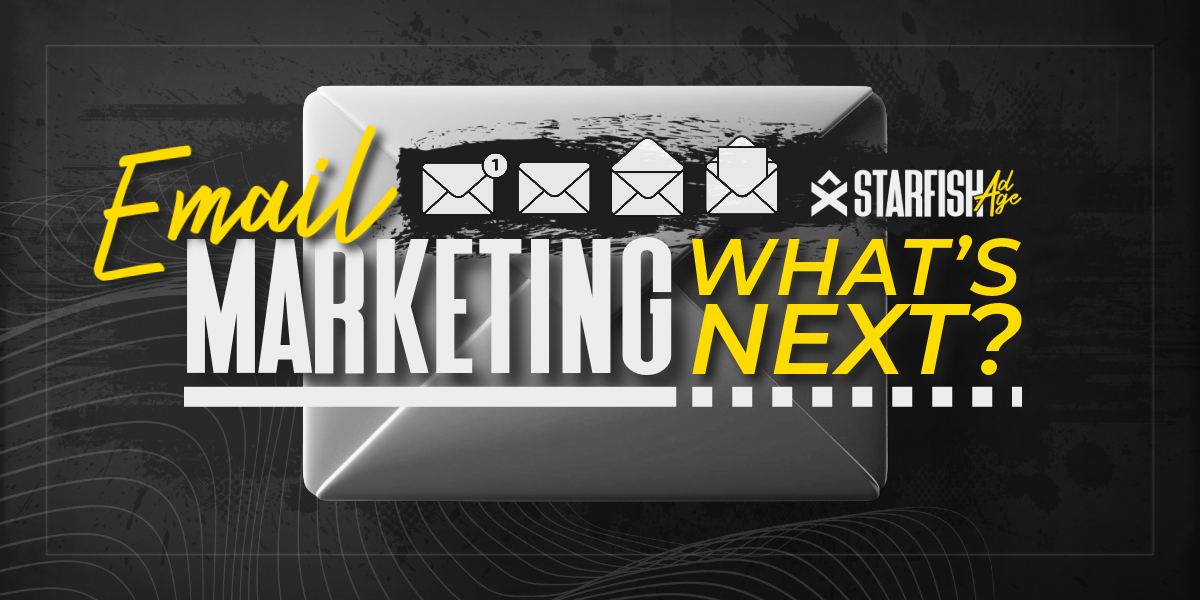
What Is The Future Of Email Marketing
Email marketing has been a powerful tool for businesses for decades. Choosing the right email marketing service can optimize strategies and gauge campaign performance effectively.
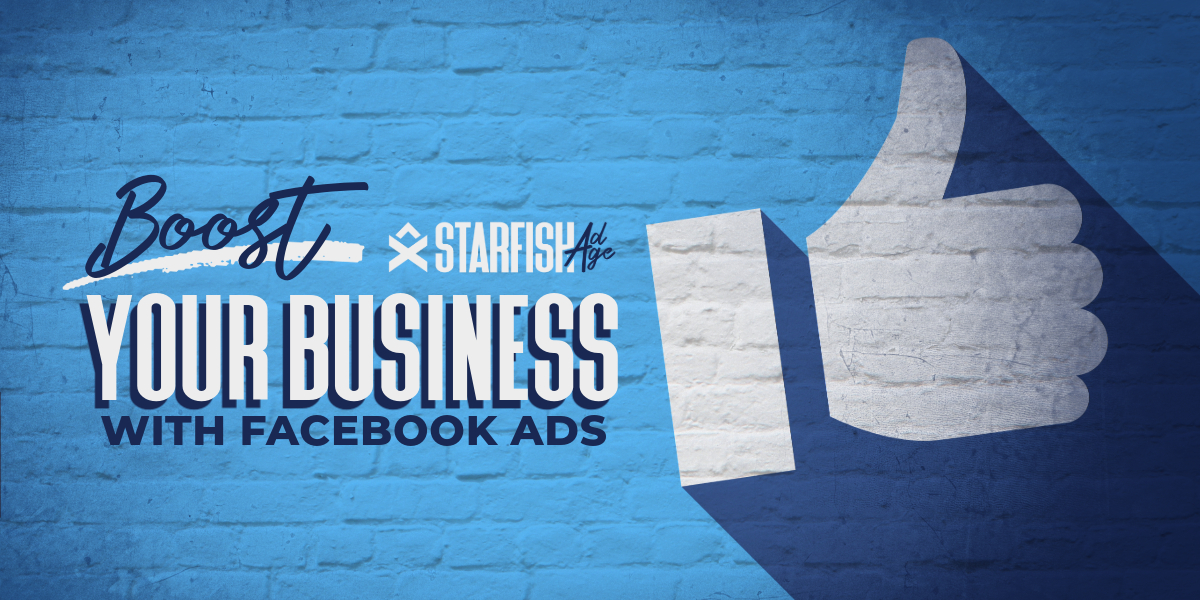
Ready to learn how to advertise on Facebook and boost your business? Facebook advertising is a powerful tool that allows you to precisely reach your target audience. Whether you’re a small business owner or part of a large corporation, Facebook ads offer various ad formats and targeting options to meet your needs.
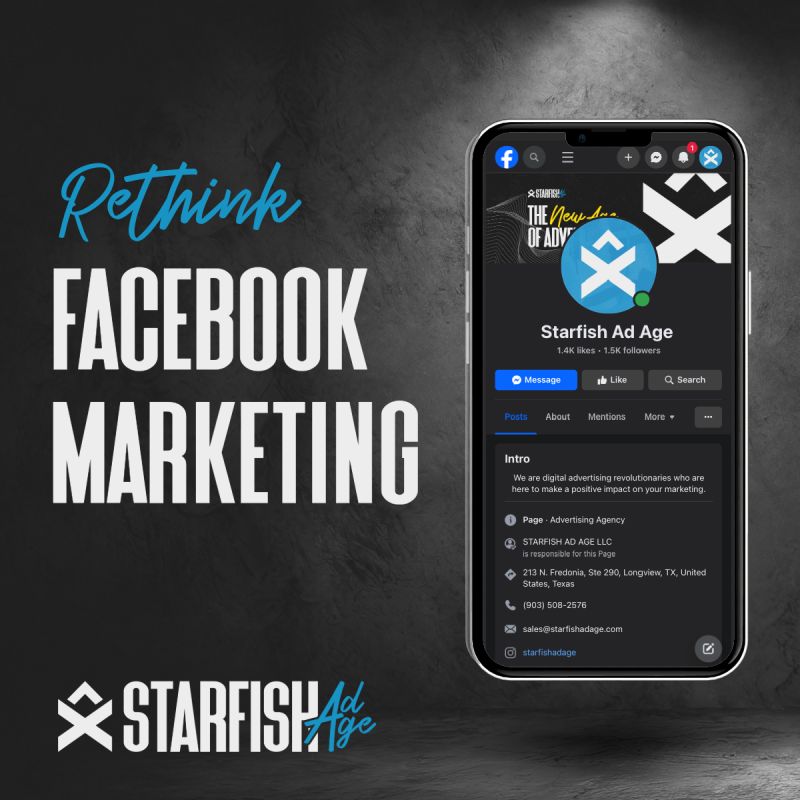
Simply put, it’s essential for your business because it allows you to reach your audience where they are spending most of their time. Traditional marketing methods often fall short, but Facebook ad campaigns can target users based on their interests, behaviors, and demographics. This means your ads reach the right people, increasing the likelihood of engagement and conversions.
Another key advantage is measuring your ad’s performance metrics in real-time. Facebook Ads Manager provides detailed insights into your ads’ performance, allowing you to adjust your strategy and optimize for better results.
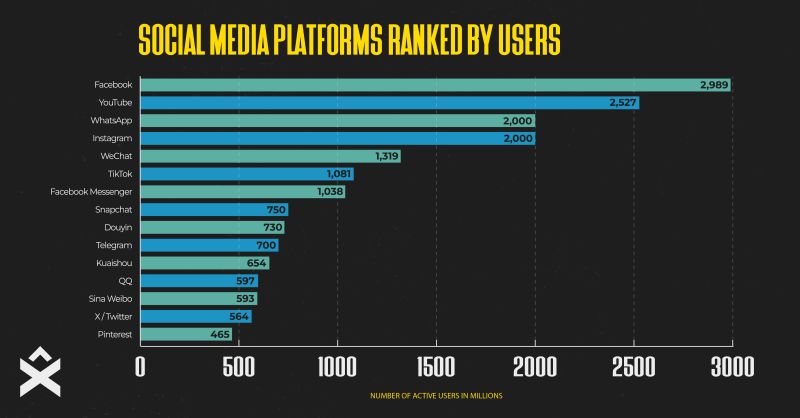
With billions of active users, Facebook’s advertising side provides an unparalleled platform to connect with potential customers. Using Facebook Ads Manager, you can create targeted ad campaigns that appear in various placements, including the news feed, Instagram feed, Facebook Marketplace, and even the Audience Network.
One of the most powerful features of Facebook advertising is the ability to use custom and lookalike audiences. This allows you to target people who have already interacted with your business, whether they’ve visited your website, engaged with your Facebook page, or made a purchase.
So, how do you run a Facebook campaign with ads? It starts with creating a Facebook business page, which serves as the hub for all your marketing efforts. From there, you’ll use Facebook Ads Manager to set up and manage your ad campaigns. This powerful tool allows you to create ads, define your target audience, set your budget, and track your ad’s performance metrics.
Next, you’ll need to decide on your campaign objective for your Facebook ad campaign. Are you looking to increase brand awareness, drive traffic to your website, or boost sales? Once you’ve set your objective, you can choose your ad format.
Finally, set your budget and schedule your ads to run continuously or for a specific timeframe. With these steps, you’re well on your way to launching a successful Facebook ad campaign.
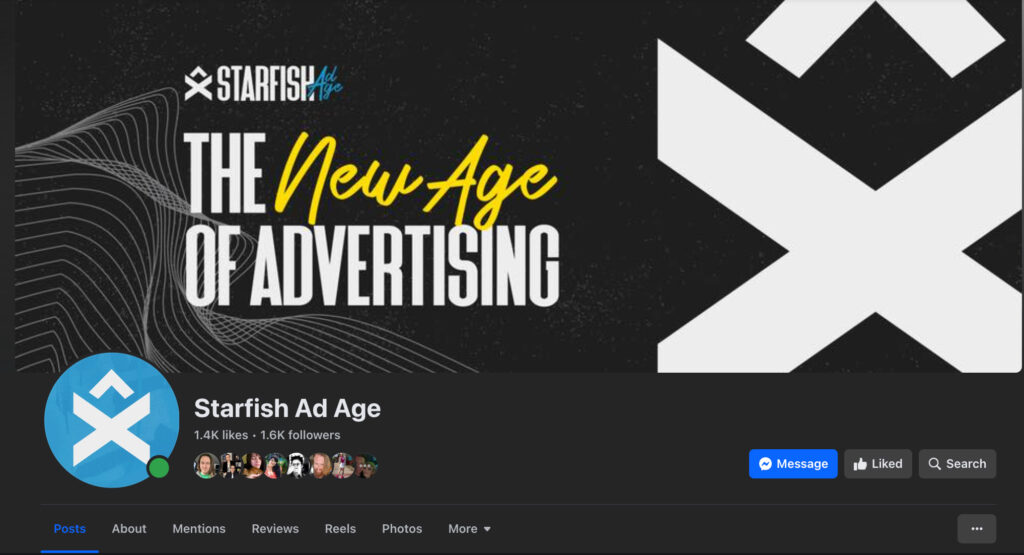
Creating a business page is the first step to advertising on Facebook. This page acts as the face of your business on the platform, allowing you to share updates, engage with customers, and run ad campaigns. Start by filling out your business details, including your name, address, and contact information.
This helps build a loyal community around your brand. Use the page to respond to messages and comments from customers, showing that you care about their feedback. A well-maintained Facebook business page enhances your online presence and serves as a strong foundation for your advertising efforts.
Facebook Ads Manager is your go-to tool for creating, managing, and analyzing your ad campaigns. This platform allows you to set up ad campaigns, define your target audience, choose your ad placements, and monitor your ad’s performance.
From there, you can start a new campaign by selecting your campaign objectives, such as brand awareness, traffic, or conversions. Ads Manager provides a range of targeting options, allowing you to reach specific demographics, interests, and behaviors. Once your campaign is live, you can use Ads Manager to track key metrics and make data-driven decisions to optimize your ads.
Facebook offers a variety of ad formats to suit different marketing goals. Single-image ads are straightforward and visually appealing. Experiment with different types to see what resonates most with your audience.
Single-image ads are one of the most straightforward yet effective ad formats on Facebook. They consist of a single photo accompanied by a compelling headline and description. This simplicity makes them easy to create and quick to capture attention. A well-chosen image can convey your message instantly, making it an excellent choice for promoting products, events, or special offers.
Use bold and clear text to highlight your key message or offer. Make sure the image is relevant and engaging to draw users in and encourage them to take action.

Video ads are a powerful way to captivate your audience on Facebook. These ads use a combination of visual and auditory elements to tell a story, demonstrate a product, or share customer testimonials.
To create an effective video ad, keep it short and engaging. The first few seconds are vital for capturing attention, so start with a strong hook. Use subtitles to ensure your message gets across, even if the video is viewed without sound. Highlight the benefits of your product or service and include a clear call to action at the end. With the right approach, video ads can significantly boost engagement and conversions.
Carousel ads are a versatile ad format that allows you to showcase multiple products or features within a single ad. Each card in the carousel can have an individual image, headline, description, and link, giving you the flexibility to highlight various aspects of your offerings. Creating effective carousel ads involves choosing high-quality images and compelling text for each card.
Use the opportunity to showcase different product features, customer testimonials, or steps in a process.
Slideshow ads offer a budget-friendly alternative to video ads while still delivering dynamic content. These ads use a series of images to create a video-like experience, complete with transitions and music. Slideshow ads are perfect for businesses that want to create engaging content without the expense and production time of a full video ad.
To create a slideshow ad, select high-quality images that tell a story or highlight the key features of your product. Use text overlays to emphasize important points, and add background music to enhance the viewer’s experience. Slideshow ads can be especially effective for showcasing product ranges, event highlights, or step-by-step processes.
Collection ads offer a rich and immersive experience by combining photos and videos. These ads start with a cover image or video and open into a full-screen experience where users can explore additional images or videos and take action directly within the ad.
When creating a collection ad, choose a strong cover image or video that captures attention and entices users to explore further. Organize your product images or videos in a way that tells a cohesive story and makes it easy for users to browse. Include clear calls to action to guide users toward making a purchase or learning more.
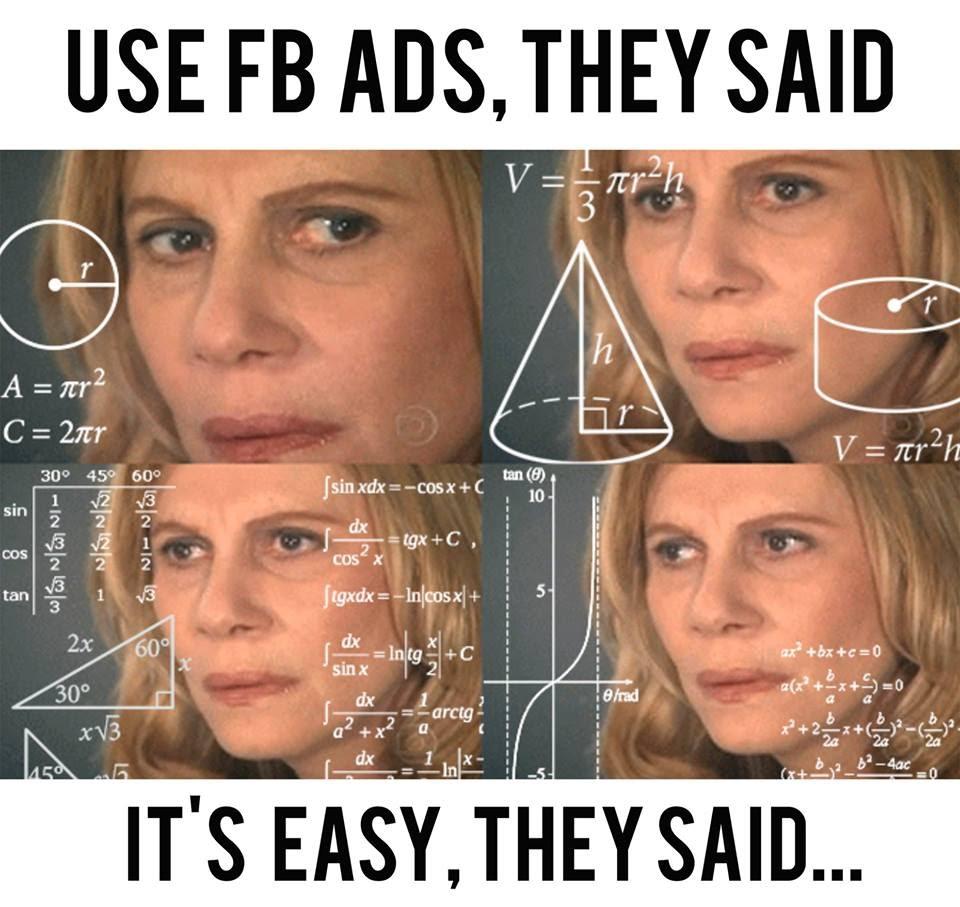
Running Facebook ads involves several key steps to ensure your campaign is successful. Start by defining your campaign objective, whether it’s increasing brand awareness, driving traffic, or boosting sales. Next, set up your ad account in Facebook Ads Manager and create your first ad campaign.
Once your audience is set, select your ad placements and budget. Facebook offers various ad placements, including the news feed, Instagram feed, Facebook Marketplace, etc. Decide whether you want your ad placement here to run continuously or for a specific timeframe. Finally, create your ad by choosing the ad format, writing compelling copy, and uploading high-quality visuals. Monitor your ad’s performance metrics regularly and make adjustments as needed to optimize your campaign.
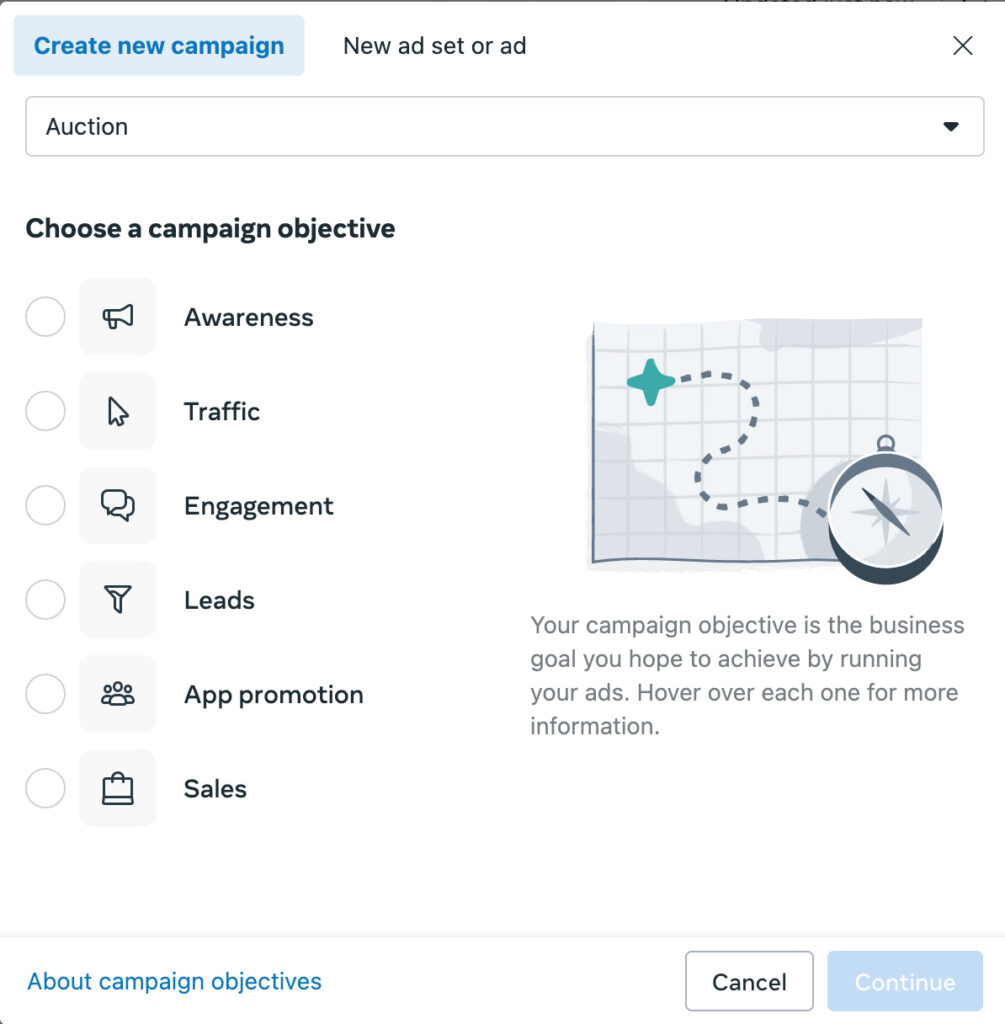
Setting clear campaign objectives is the first step to running a successful Facebook ad campaign. Your objective will guide the rest of your campaign setup, from targeting to ad format selection. Common objectives include brand awareness, traffic, engagement, app installs, video views, lead generation, and conversions.
Once you’ve defined your objective, Facebook Ads Manager will provide recommendations on the best ad formats and targeting options for your campaign. This ensures that your ads are optimized for your desired outcome.
Targeting the right audience is essential for the success of your Facebook ad campaign. Facebook offers a range of targeting options, allowing you to reach users based on demographics, interests, behaviors, and more. You can also create custom audiences by uploading your customer list or targeting users who have interacted with your Facebook page or website.
Using lookalike audiences is another powerful way to reach new potential customers. Lookalike audiences are created by finding users who share similar characteristics with your existing customers. This expands your reach and increases the likelihood of engaging new users who are interested in your products or services.

Setting your budget and schedule is a critical step in running Facebook ads. You can choose between a daily budget, which sets the maximum amount you’ll spend each day, or a lifetime budget, which sets the total amount you’ll spend throughout your campaign. Facebook Ads Manager will optimize your ad spend to get the best results within your budget.
Scheduling your ads involves deciding when you want them to run. You can choose to run your ads continuously or set a specific start and end date. You can schedule your ads to run at certain times of the day or on specific days of the week. This helps ensure your ads are shown when your target audience is most active.
Compelling copy is key to capturing attention and driving action. Start with a strong headline that grabs the viewer’s attention and conveys the main benefit of your offer. Use concise and persuasive language to highlight what makes your product or service unique. Focus on the value you provide and include a clear call-to-action that tells users what you want them to do next.
Address these directly and offer a solution that resonates with them. Use bullet points or short paragraphs to make your copy easy to read and understand quickly. A/B testing different versions of your ad set can help you determine what works best and refine your approach for future campaigns.

Visuals are a critical component of any successful Facebook ad. High-quality images and videos can capture attention and convey your message more effectively than text alone. When designing your visuals, use bright colors, clear images, and minimal text to make your ad stand out. Make sure that your visuals are relevant to your product or service and resonate with your target audience.
This helps build brand recognition and trust with your audience. Consider the ad format when designing your visuals. For example, carousel ads require multiple images, while video ads need engaging footage that captures the viewer’s interest within the first few seconds.
A strong call-to-action (CTA) is essential for guiding users towards taking the desired action. Your CTA should be clear, concise, and compelling, telling users exactly what you want them to do next.
Position your CTA prominently within your ad, either in the ad copy or as a button. Use contrasting colors to make it stand out and draw attention. A well-crafted CTA can significantly increase your click-through rate and drive more conversions.
Facebook’s Ad Preview Tool is a valuable resource for ensuring your ads look great across all placements. This tool allows you to see how your ad will appear in different formats, such as the news feed, Instagram feed, and Facebook Messenger.
To use the Ad Preview Tool, simply select your ad within Facebook Ads Manager and click on the preview option. You can view your ad on various devices, including desktop and mobile, to ensure it’s visually appealing and easy to read. This tool helps you catch any potential issues before your ad goes live, ensuring a seamless user experience and maximizing the effectiveness of your campaign.
Monitoring your ad campaign performance is essential for understanding how well your ads are doing and identifying areas for improvement. Facebook Ads Manager provides detailed insights into key metrics such as impressions, click-through rates, conversions, and spend.
Set up custom reports to track the metrics that matter most to your business. This might include engagement rates, conversion rates, or return on ad spend. Use these insights to adjust your targeting, ad creative, and budget allocation.
Optimizing your ad campaigns in Facebook Ads Manager involves making data-driven adjustments to improve performance. Start by analyzing key metrics such as click-through rates, conversion rates, and cost per click. Identify which ads are performing well and which ones need improvement. Use this information to refine your targeting, ad creative, and bidding strategy.
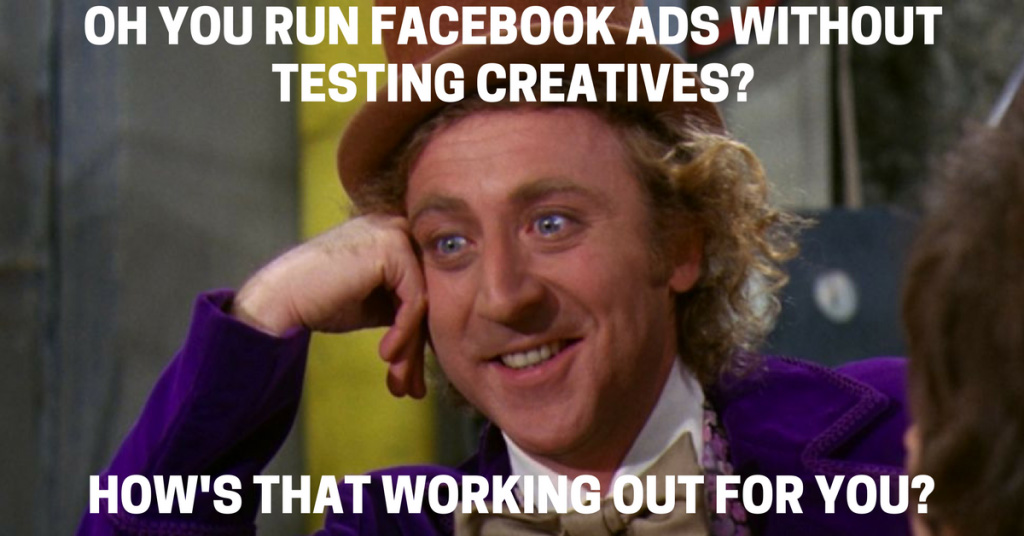
A/B testing, or split testing, involves comparing two versions of an ad to determine which one performs better. This process helps you identify the most effective ad copy, visuals, and targeting options. Start by creating two versions of your ad with one variable changed, such as the headline, image, or call-to-action. Run both ads simultaneously and compare the results.
Monitor key metrics such as click-through rates, conversion rates, and cost per click to determine which version is more effective. Use the insights gained from A/B testing to refine your ads and optimize future campaigns.
Adjusting your budget based on ad performance is a smart way to maximize your return on investment. If certain ads or ad sets are performing well, consider increasing their budget to capitalize on their success. Conversely, reduce or pause the budget for underperforming ads and allocate those funds to more effective campaigns.
Use Facebook Ads Manager to track your ad’s performance metrics and identify opportunities for budget adjustments. Set up automatic rules to adjust your ad budget based on specific criteria, such as cost per conversion or return on ad spend.
Analytics provide valuable insights into the performance of your ad campaigns and help you make informed decisions for future campaigns. Facebook Ads Manager offers detailed reports on key metrics such as reach, engagement, conversions, and ad spend. Analyzing this data helps you understand what worked well and what didn’t, allowing you to refine your strategy.
For example, if certain ad formats or targeting options consistently perform well, incorporate them into your future campaigns. Use the insights gained from analytics to experiment with new approaches and continuously improve your ad performance.
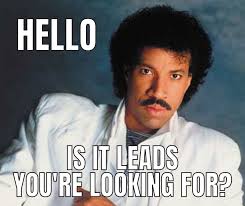
Retargeting is a powerful strategy that allows you to reach users who have previously interacted with your business. By targeting these users with relevant ads, you can re-engage them and encourage them to complete a desired action, such as making a purchase or signing up for a newsletter. Retargeting helps you stay top-of-mind with potential customers and drive higher conversion rates.
Set up retargeting campaigns in Facebook Ads Manager by creating custom audiences based on website visitors, app users, or customer lists. Use dynamic ads to show personalized content to each user, such as products they viewed or added to their cart.
Lookalike audiences are a valuable tool for expanding your reach and finding new customers who are similar to your existing ones. Facebook uses data from your custom audiences to identify users with similar characteristics, interests, and behaviors.
To create a lookalike audience, start with a source audience, such as your customer list or website visitors. Facebook will then generate a lookalike audience based on this data. Use lookalike audiences in your ad campaigns to reach new potential customers who share similar traits with your best-performing audiences. This strategy helps you expand your reach and drive higher engagement.
Custom audiences allow you to create highly targeted ads by reaching users who have already interacted with your business. This can include website visitors, Facebook users, app users, email subscribers, or customers.
Set up custom audiences in Facebook Ads Manager by uploading your customer list or using data from your website or app to create Facebook ads. Use custom audiences to create tailored ad campaigns that address the specific needs and interests of these users.
Facebook Pixel is a powerful tracking tool that helps you measure the effectiveness of your ad campaigns. By installing the Pixel code on your website, you can track user actions such as page views, purchases, and form submissions.
Set up Facebook Pixel in your Ads Manager and configure it to track the events that matter most to your business. Use the insights gained from Pixel data to refine your ad targeting and measure the return on investment for your campaigns.
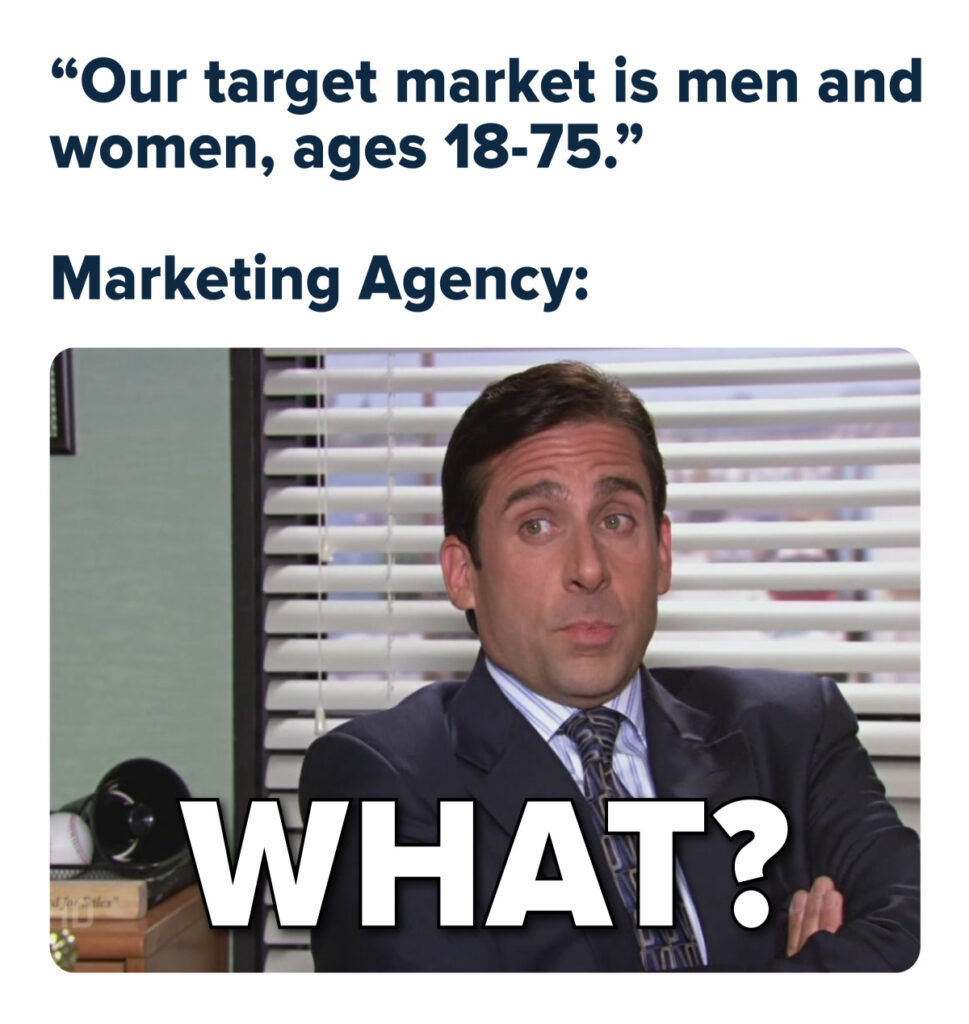
While Facebook advertising offers many opportunities, there are common mistakes that can hinder your success. One common mistake is not defining clear campaign objectives, which can lead to unfocused ad campaigns. Another mistake is failing to monitor ad performance and make necessary adjustments, resulting in wasted ad spend.
Use Facebook Ads Manager to track your ad’s performance metrics and make data-driven decisions. Regularly review your ad campaigns and adjust your targeting, ad creative, and budget as needed.
The future of Facebook advertising looks promising with the ongoing development of new technologies and features. Innovations such as augmented reality ads, interactive content, and enhanced targeting options are set to transform how businesses connect with their audience.
Continuously experiment with new ad formats and technologies to find what resonates best with your audience. Invest in ongoing education and training to keep your skills sharp and stay updated on industry trends.
To advertise on Facebook effectively, start by creating a Facebook business page and using Facebook Ads Manager to set up your ad campaigns. Define clear objectives, choose the right ad format, target your audience precisely, and monitor your ad’s performance metrics to optimize your campaigns.
Facebook offers various ad formats, including single-image ads, video ads, carousel ads, slideshow ads, and collection ads.
You can set a budget for your Facebook ad campaigns by choosing between a daily budget and a lifetime budget. A daily budget sets the maximum amount you’ll spend each day, while a lifetime budget sets the total amount for the duration of your campaign. Adjust your budget based on your ad’s performance to ensure optimal results.
Facebook Ads Manager allows you to target your audience based on demographics, behaviors, and interests. You can also create custom audiences using your customer list or website visitors and use lookalike audiences to find new users similar to your existing customers.
Common mistakes in Facebook advertising include not defining clear campaign objectives, failing to monitor ad performance and poor targeting. Avoid these mistakes by setting specific goals, regularly reviewing your ad metrics, and refining your targeting to ensure your ads reach the right audience.

Email marketing has been a powerful tool for businesses for decades. Choosing the right email marketing service can optimize strategies and gauge campaign performance effectively.

Discover successful email marketing strategies to boost engagement, drive conversions, and grow your business with impactful campaigns.

Discover the basics of marketing automation and how it helps businesses save time, streamline campaigns, and boost results.

Discover the importance of lead generation for boosting business growth, building connections, and driving long-term success.
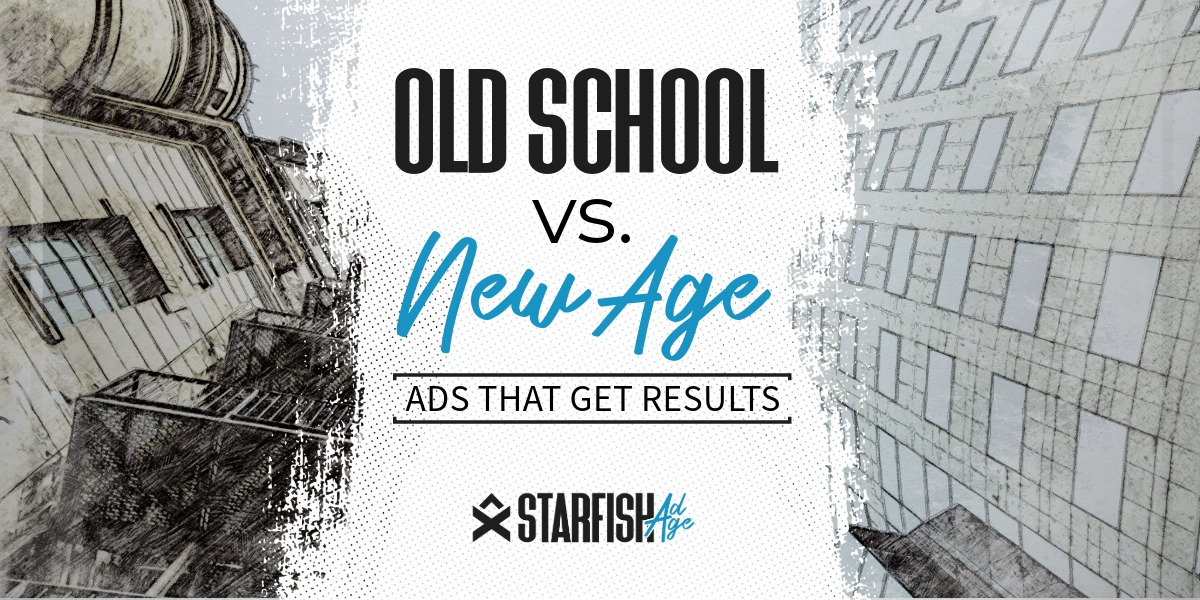
Explore the differences between traditional and digital advertising. Learn which strategy is best for your business, from broad reach to targeted campaigns.
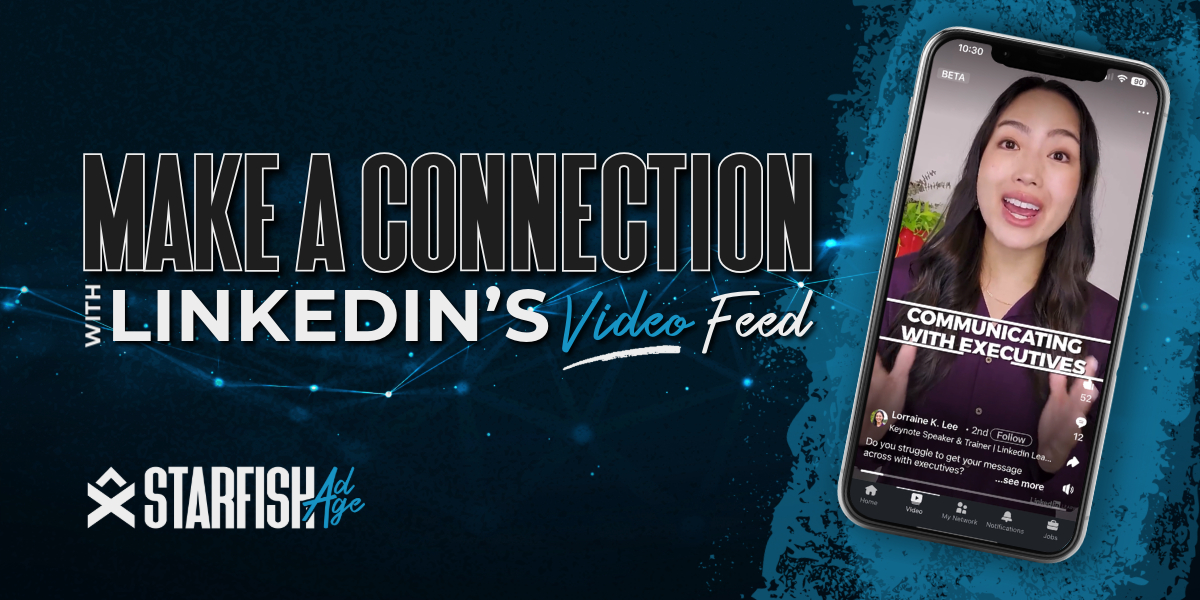
Use LinkedIn’s new video feed to grow your audience. Learn specs, best practices, and tips for creating engaging posts to boost your visibility on LinkedIn.

How major social media legal battles in 2024, including Supreme Court rulings and the Kids Online Safety Act, are impacting businesses and digital marketing.

Discover 10 iconic brands like Blockbuster, Kodak, and Toys “R” Us that went extinct because they failed to innovate.

Gen Z Marketing That’s Breaking The Internet: Discover how Gen Z marketers use bold, unpredictable strategies to capture attention.

Learn how AI tools improve customer experience, streamline operations, optimize marketing, and reduce operational costs.

Discover how AI transforms digital marketing through automation, personalized strategies, and data-driven insights.
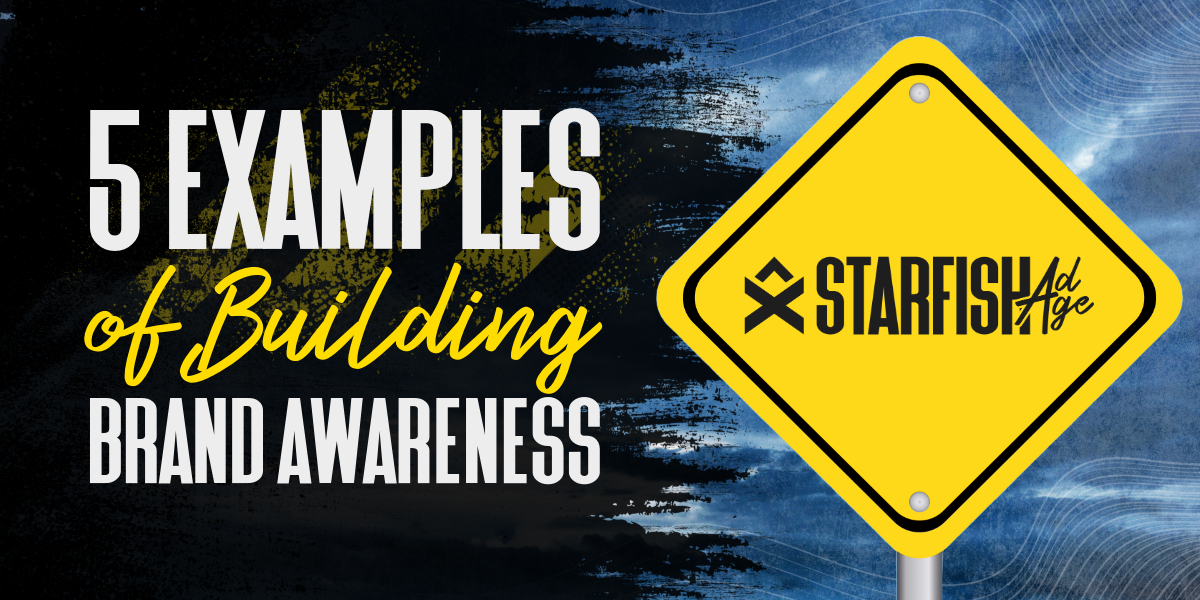
Discover five powerful strategies for building brand awareness, from partnerships and influencer marketing to social media and SEO.
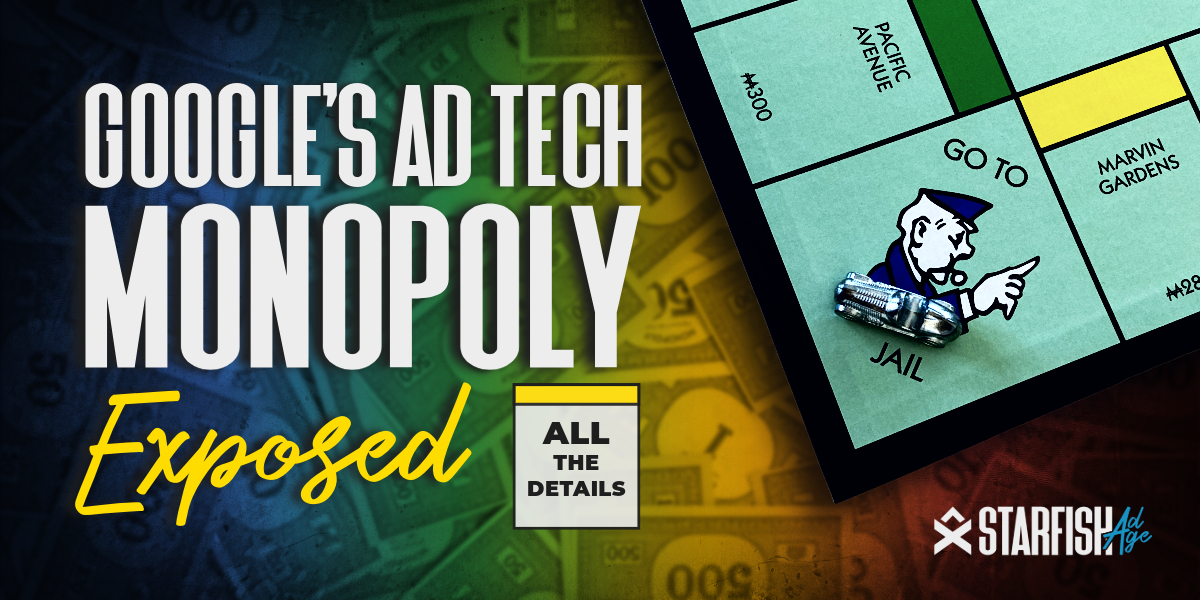
Get the latest insights on Google’s ad tech monopoly trial and how it could reshape digital advertising, competition, and your ad strategies moving forward.

Follow TikTok’s legal battle against the ban and learn how it could affect creators. Get the facts and understand the potential future of the platform.

A few of the most significant marketing mistakes we’ve seen in 2024 so far, why they happen, and simple ways to avoid them to keep your campaigns on track.
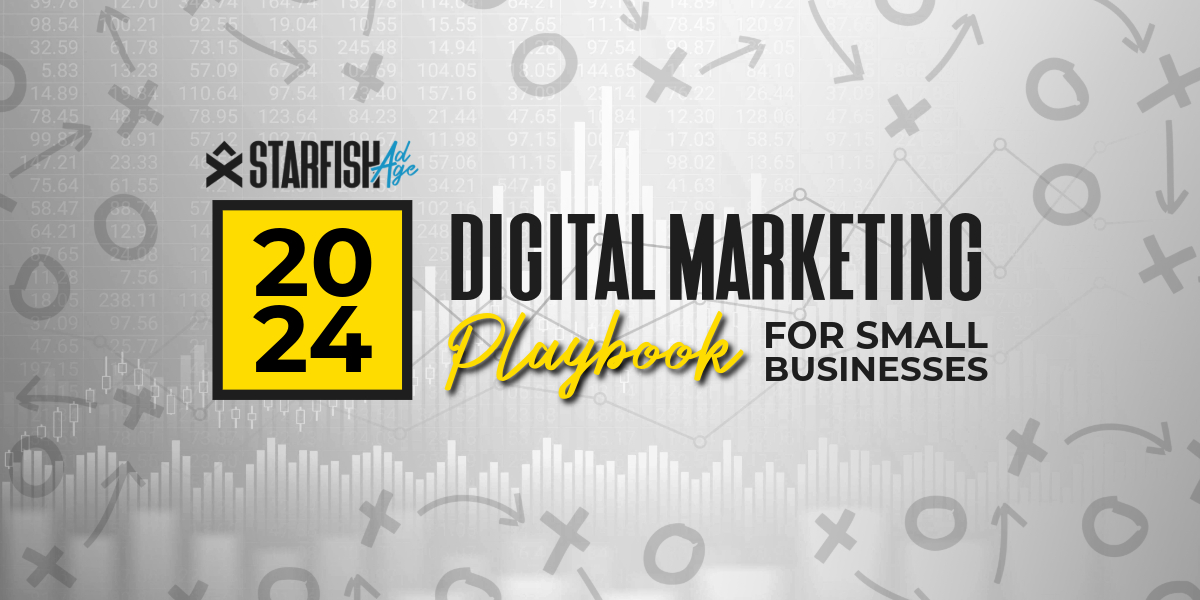
Explore key strategies in our 2024 Digital Marketing Guide. Learn to understand your audience, build an online presence, and optimize for business growth.
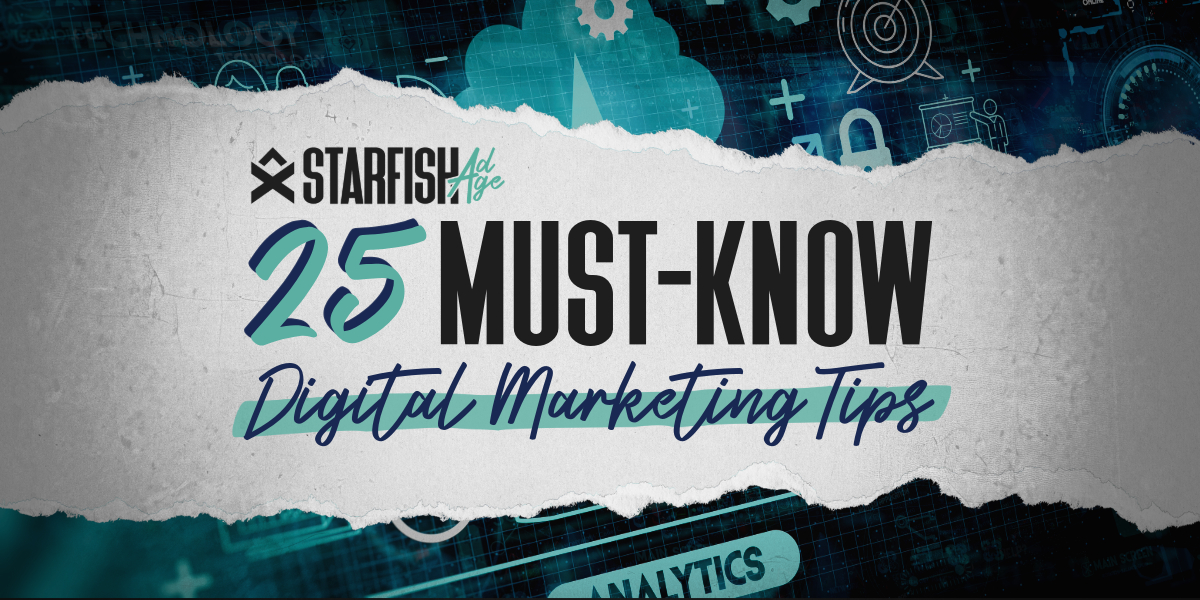
Discover 25 essential digital marketing tips for small businesses. Boost your online presence, attract customers, and drive sales with proven strategies.

14 Essential Digital Marketing Solutions to Boost Your Business Growth
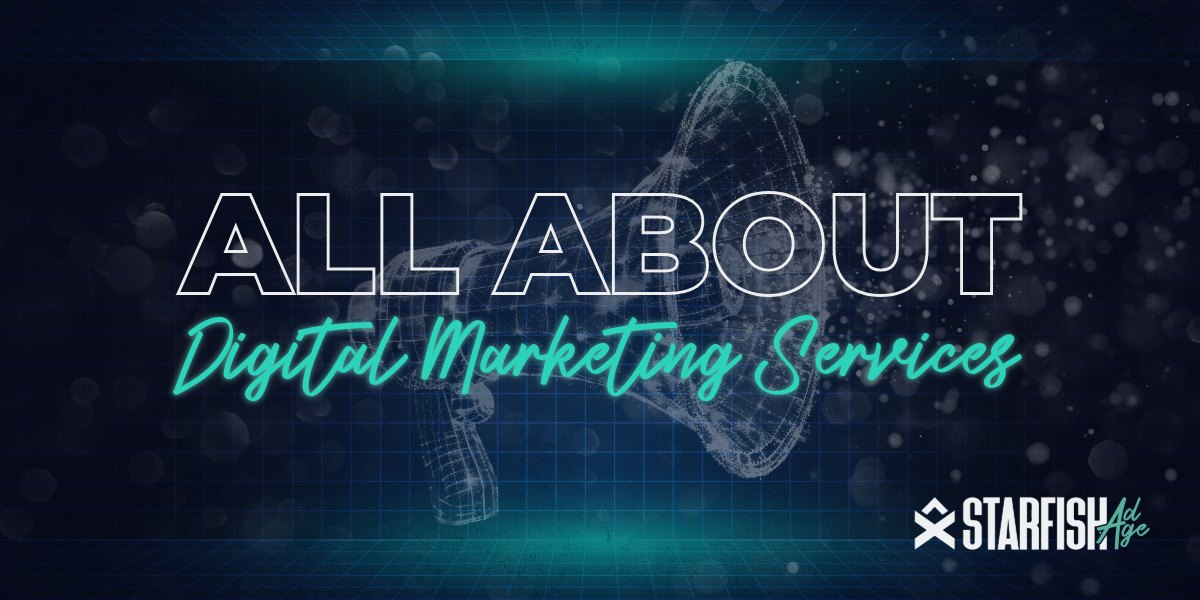
Learn about SEO, PPC, social media marketing, content marketing, and more to drive traffic and conversions. Read now!
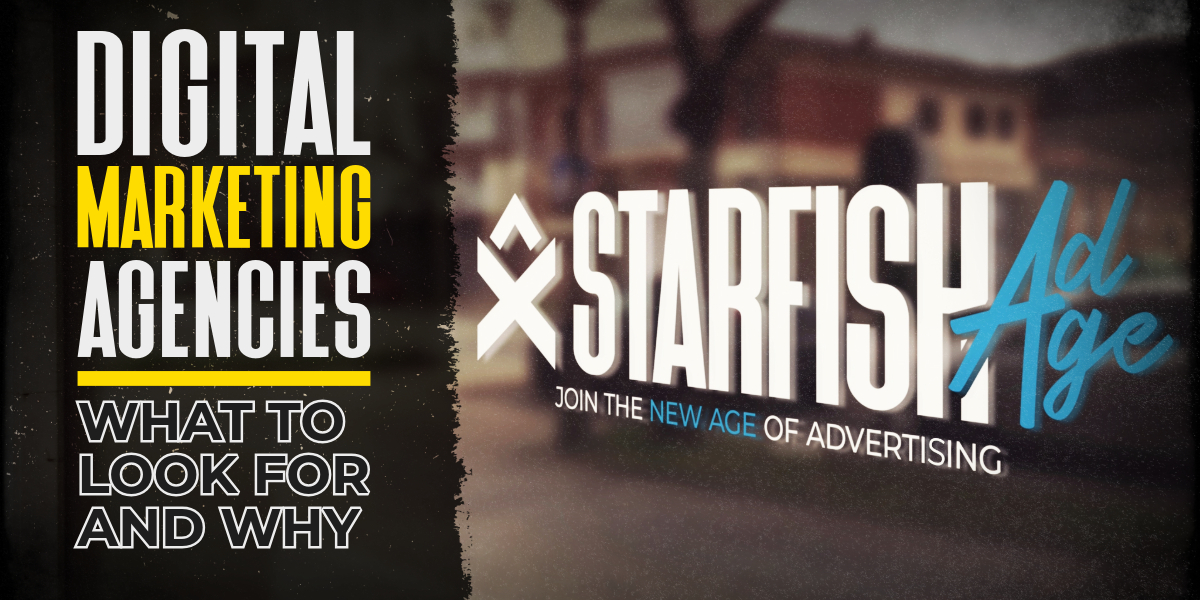
Learn how to select the best digital marketing agency for your small business, the benefits of hiring an agency, and tips for maximizing your online presence.
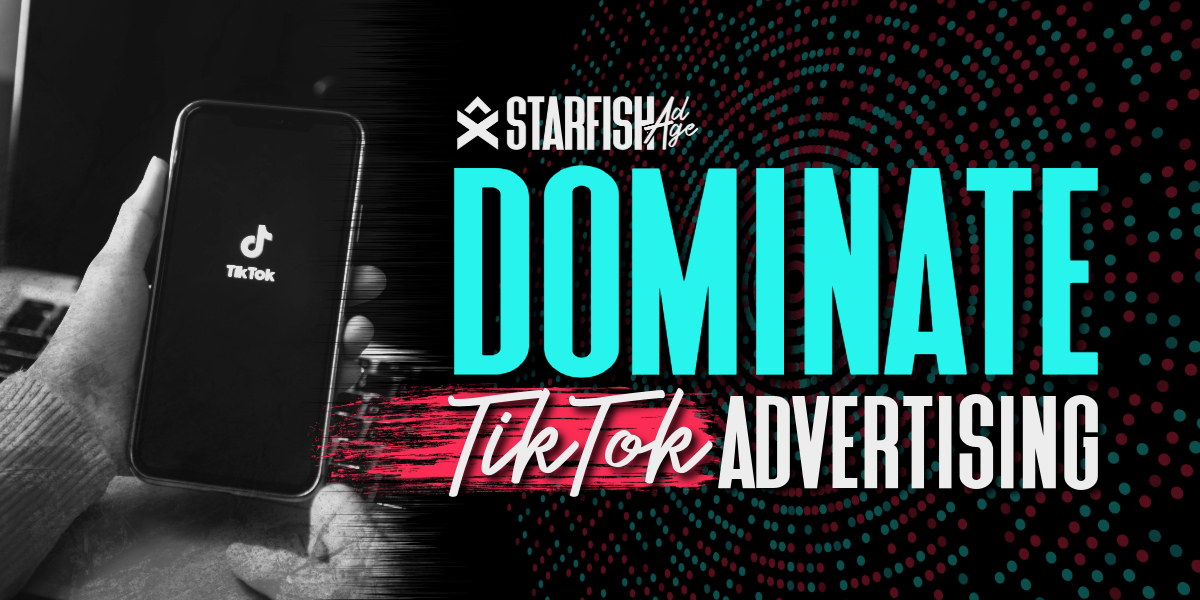
Learn how to leverage TikTok advertising, ad formats, targeting options, and best practices to increase brand awareness, and drive sales.
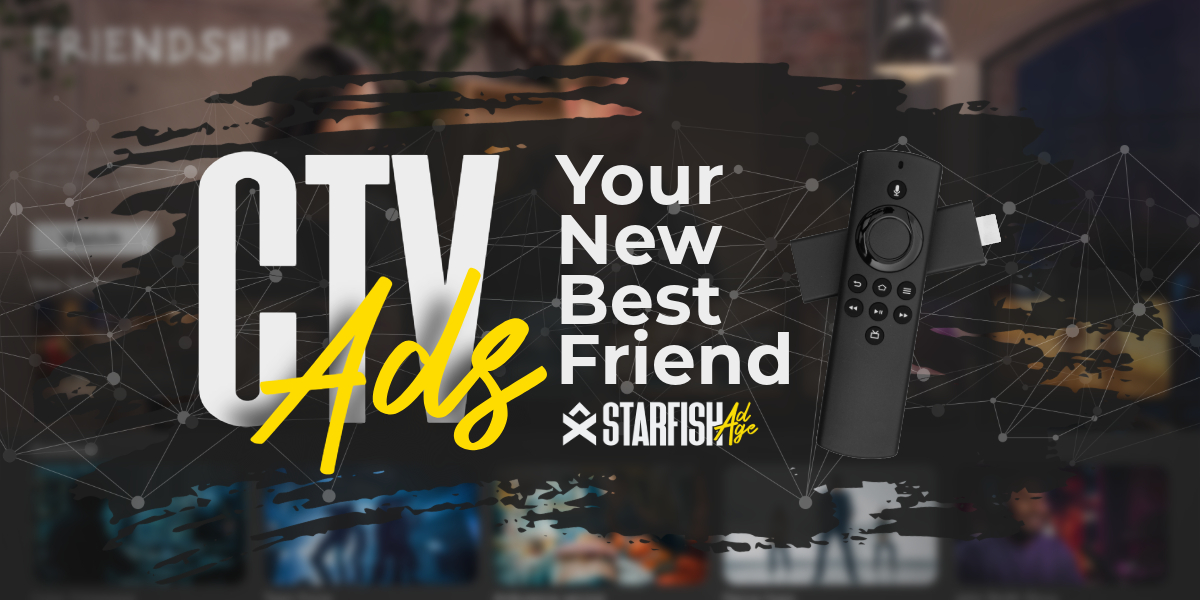
Learn about Connected TV (CTV) ads, their benefits, and how they work. Understand programmatic CTV advertising for effective digital marketing campaigns.
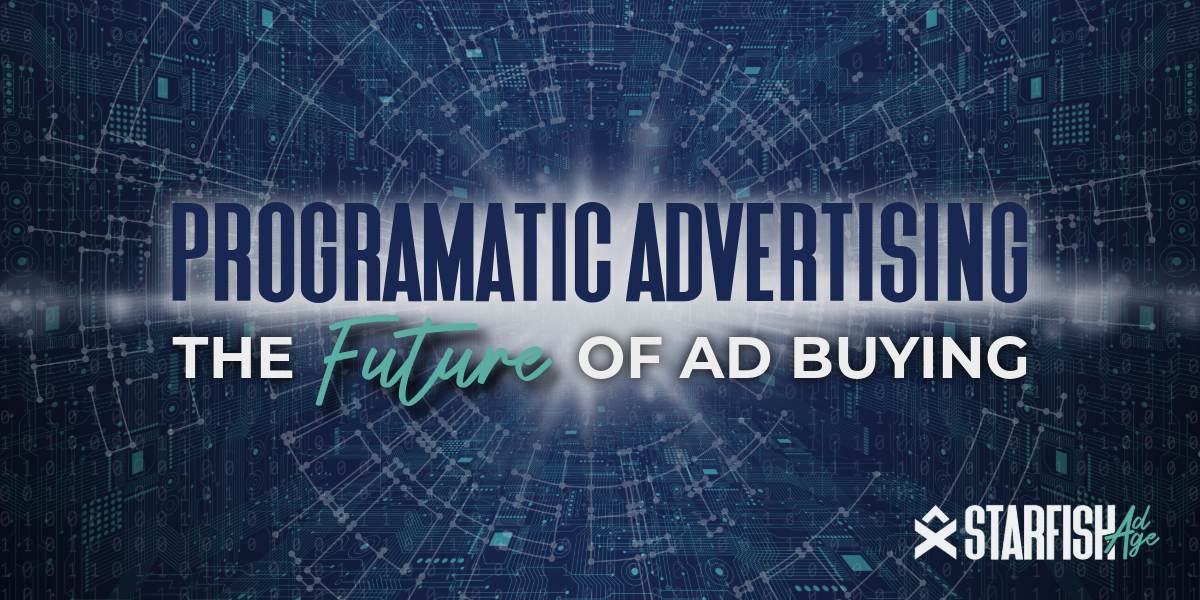
Discover the benefits of programmatic advertising, an automated method of buying digital ad space that enhances targeting, efficiency, and campaign performance.
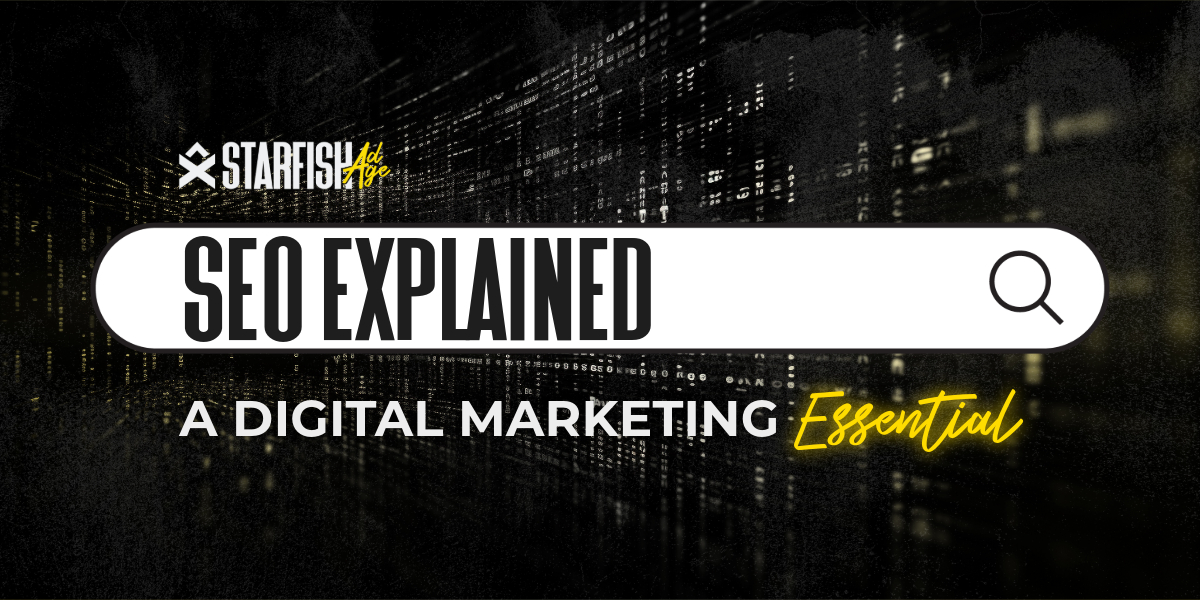
Discover what SEO in digital marketing is and why it matters. Learn how search engine optimization can increase your business’s success.
All Rights Reserved | Starfish Ad Age LLC | 2023 | Privacy Policy